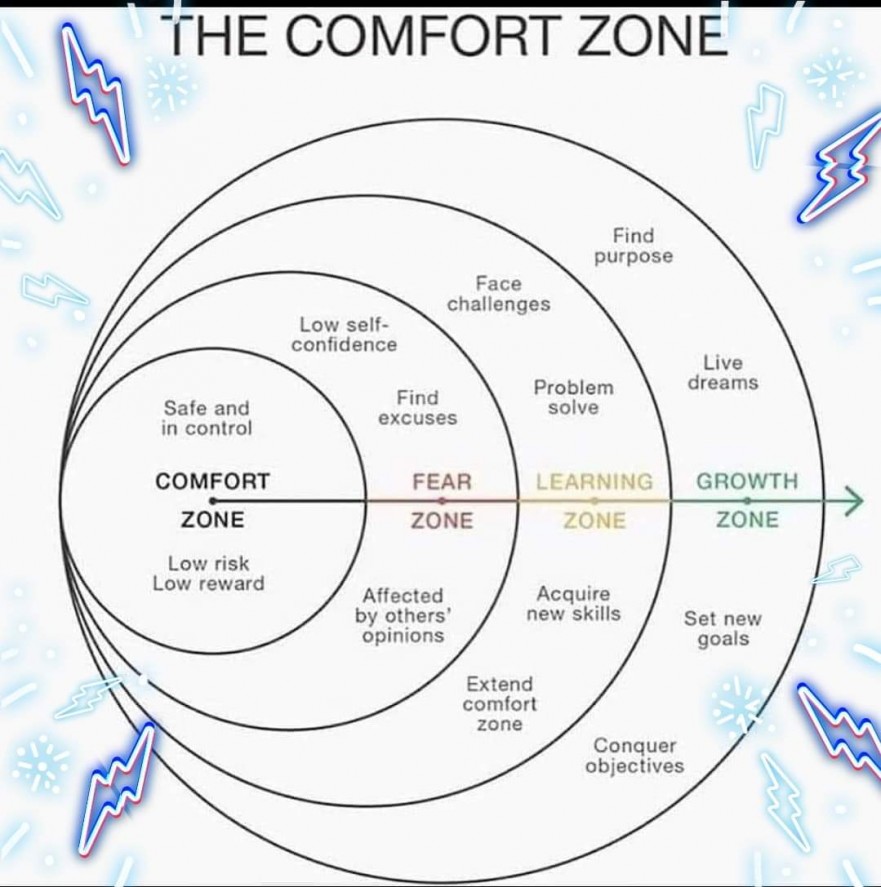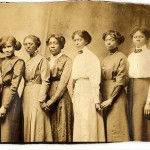As teachers, we can get stuck in doing the same old lesson plans we’ve always done. “It’s easier” and “Most students get it this way” are common responses. When I hear these, frustration sets in as questions race through my head. “Is it acceptable to plan lessons that reach just most of our students or should we plan lessons to reach all?” “Is it acceptable to assign the same worksheet we’ve given for years or should we discover hands on, innovative ways for students to apply concepts?” Most teachers get into the profession to inspire students and help prepare them for the real world. Breaking News: Old worksheets aren’t accomplishing either of those.
When some students aren’t understanding concepts, we have to do something. We need to adapt our teaching practice to make sure every child is reached, and in ways that meet their learning styles. Some say the definition of insanity is doing the same thing over and over again, but expecting different results. When you look back on your teaching career, do you want to have taught 30 years or 1 year, 30 times? As the AT&T commercials say, “Just OK is not OK”.
What can we do?
1. Get an “inner circle” you trust. All teachers go through ups and downs. As I wrote in a previous blog, “Inner Circle”, surround yourself with positive, supportive people will help you reach your goals. It’s important to have quality people in your life that care about you and will help you when needed. Choose your “inner circle” wisely.
2. Get to know your students: I mean REALLY get to know them. Ask them questions and discover what they are passionate about. I also involve parents by sending them a Class Dojo message asking questions like, “How does your child learn best?” and “What motivates your child?” I learned many students enjoy Pokémon and Legos. So, when appropriate, I embed them in lessons. In one lesson, I had Pokémon challenges at stations as students tried to accumulate as many points as they could. I’ve never seen them so motivated! Use your knowledge of students to your advantage when planning lessons. Ask yourself: What resources could help them accomplish the objective? Are all students’ learning styles being addressed? What student/s could be teacher helpers, if needed? The mantra that I learned going through the National Board Certification process and that I continue to use is: “Because I know ______, I do ______, which impacts student learning by _______.”
3. Record yourself teaching: This can be a scary thought for many. However, think about the objective of this. It is NOT a beauty pageant. It is not about what you look like or how you sound on video. This is to help your practice, which will ultimately help students. I started to do this when I went through the National Board Certification process. It was so beneficial that I continued to do it because of quality the feedback it provided me. How much talk time do you have? What kind of feedback are you giving students, and are you providing certain students more feedback than others? What are the students doing when you’re teaching? Often times we think we are teaching a certain way, but visual feedback might show otherwise.
4. Observe other teachers: This is a favorite of mine. During prep periods, I often go observe respected colleagues teach for many reasons. I can first learn common language they provide to their students. Phrases like “knees please” (face the speaker), and “Someone with a quiet hand tell me…” (encouraging respectful raising of hands) are both sayings I’ve learned and have since adopted. Observing teachers also keeps me informed on what is going on in the general education curriculum so I can incorporate it into physical education. I can also see how students learn in the different environments with different teaching strategies. I observe students learning from teachers using different teaching styles than mine, which I can now use in physical education to get the most out of those specific students who might not respond as well to my normal style. Observing students in the classroom also shows students that I care about them beyond physical education, which helps strengthen relationships. They get so excited when I enter the room!
5. Join professional learning communities: There are many ways to do this. There are always conferences and workshops around the area, state, or country. Here, you can meet and collaborate with other passionate teachers. In general, teachers are very willing to help other teachers. If time and money are factors, I recommend joining a free online platforms like Twitter or Voxer, where you can collaborate with some of the best teachers from around the world. Twitter has greatly enhanced my teaching practice, opening my eyes to new instructional practices, motivational techniques, and resources to get the most out of my students. It’s not only free, but I can collaborate with them from home when it is convenient for me.
6. Reflect daily: We know that students learn from an experience. By observing and reflecting on it, they have a better idea of what to do next time. As teachers, we can do the same. Take a couple minutes after each lesson to write down what cues/strategies were effective/ineffective. Take pictures of class set-up and keep with your lesson plan so you have it for next year. Ask your students what they liked and how it could have been better. There is no perfect lesson- each is an opportunity to learn and grow, ultimately to benefit your students.
It’s OK to be vulnerable and ask for help. By being afraid to ask, we are ultimately settling for “just ok”. We need to get out of our comfort zones and challenge ourselves. Be a risk taker and try new ideas. If you want something you’ve never had, you must be willing to do something you’ve never done. ALL of our students deserve better than “just ok”, every day.









Comments 3
This is excellent advice! I especially like your emphasis of Professional Learning Communities. I have found the best PLCs on Twitter, through Facebook and in professional organizations. Learning from teachers around the world is a rich experience all should have.
This blog is spot on! I share many of your frustrations with colleagues. I simply try to set the example, keep doing what I know is best for students, and surround myself with those who practice the same. Check out Brene Brown’s Daring Classroom video on You Tube….she’s inspiring!
Author
Thanks for reading and the recommendation, Susan!